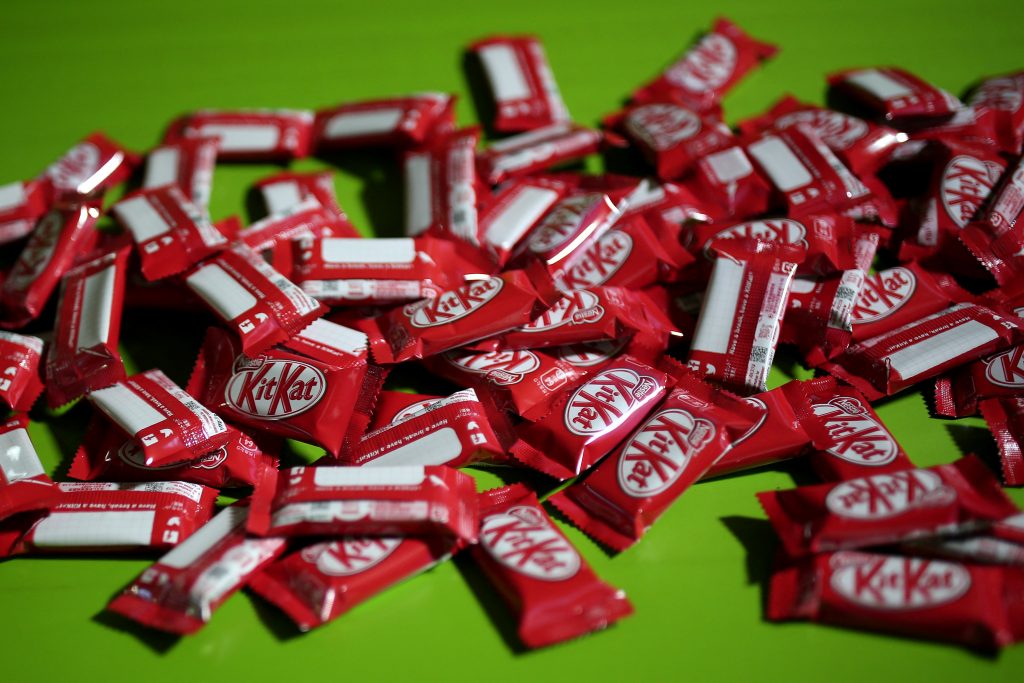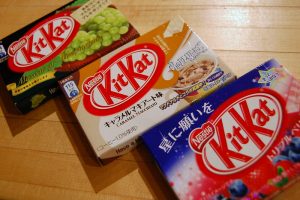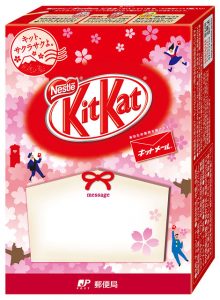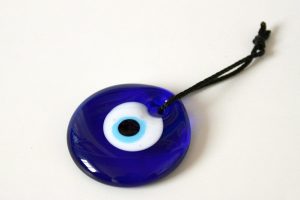
- ARAB NEWS
- 31 Jul 2025

Nader Sammouri
OSAKA:Visitors to Japan may be struck by the numerous KitKat flavors they may come across, pulling them to wonder what the mystery and wonder there is behind the various desserts.
Japanese people consume 5 million KitKats a day, according to the confectionary Nestle Japan.
KitKat started an exceptional marketing strategy because it noticed an association with the Japanese pronunciation of the word “Kitto Katsu (きっと勝つ)”, a term which means “You will surely win.”
Upon realizing the link between the names, the company wisely decided to leverage that knowledge and diverted its mission to associate KitKat with good luck. The marketing campaign prospered and reached a tipping point where the culture strongly embraced it.
KitKat chocolate bars are usually packaged in small cardboard boxes with white space on one of the sides for leaving messages in handwriting. People write a small note and mark the box with a personal touch to encourage family and friends, mainly students, before the high-pressure exam season hits.
The Nestle brand noticed the spike in sales in the month of January, when university exams are held in Japan. As a result, the “Lucky Charm” promotion campaign won the Asian Brand Marketing Effectiveness Award in 2005.
Contrary to popular belief, the KitKat corner at the supermarket isn’t just a confectionary corner, at least in Japan, but more like a souvenir shop. There are even souvenir KitKat stores and high-end chocolatories in Japan.

“I have some experiences with giving and receiving KitKat boxes with messages. I think the snack package that comes with a personal message space is becoming a culture,” said Miki Nagabatake, who currently works at a renowned electronics company in Kyoto.
Nagabatake continued saying:
“I got KitKat boxes with good luck messages a couple of times from my high school teachers before taking university entrance exams. Teachers handed us the boxes in front of the test center. I was invigorated by the warm message. In addition to that, the chocolate helped me focus.”
Gift giving or “Omiyage, おみやげ” leaves a definite impression and acts as a psychological power source to those who receive it, especially at times when one is overwhelmed with vulnerable feelings before embarking a leap towards success, whether it was examinations or a public performance.
“I used to take part in a music club at university. Once, we had a stage performance, and some friends approached me with a KitKat good luck charm before going up to the stage,” Nagabatake said.
Whether it was a chocolate box or any other present, holding onto something physical may act as a constant reminder of what is associated with that physical object. The mind accepts this imagined construct and connects the message with the matter. That association is the reason why KitKat has become a happy product in Japan.

But not all KitKat good luck charms fulfill their purpose.
“One time, I received a KitKat box from a teacher before a university exam with a heartening message on its backside. Though it was undeniably memorable, I failed my exam and had to transfer to another university,” said Hiroshi Mori, who ended up graduating successfully and currently works at an engineering firm in Tokyo.
Similarly, in more than a few countries in the MENA region, like Turkey and Lebanon, lies another abstract form of luck that has been, for numerous years, found attached to many newborn baby wear and inside newly bought cars to attract good luck and detract evil, the blue eye pendant that protects people and objects from a bad fate.

The blue eye beads began as a vastly concentrated initiative in the Mediterranean and may have circulated many civilizations like the Phoenicians, Assyrians, Greeks, and Ottomans. It might have been initiated as a way to repel harm from fighters during wars.
Anchoring is highly influential, and mental associations can leave an impression for centuries. It is thus crucial for people to be mindful of their words and the mental links that they construct to distinguish matters of truth from imagined productions with cultural implications.